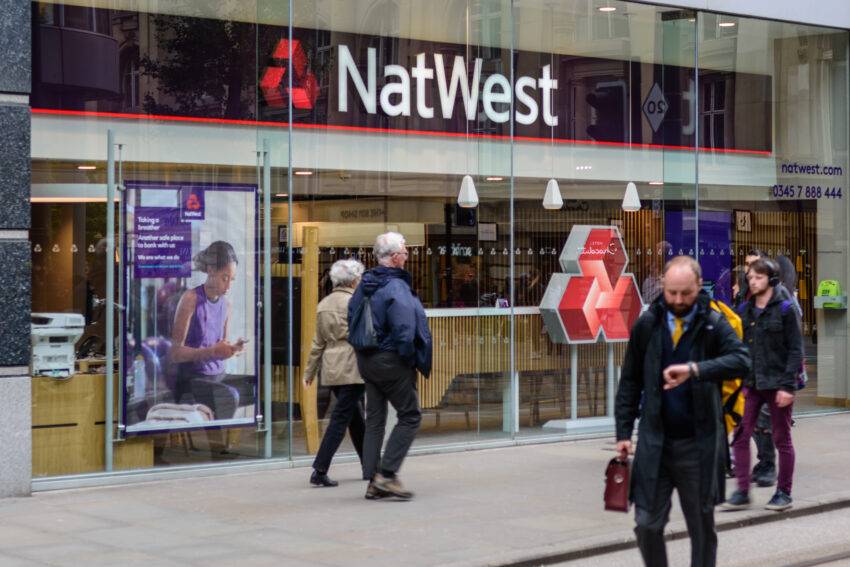Credit: bmmagazine.co.uk
The government’s long journey to exit its crisis-era investment in NatWest is nearly complete, after the Treasury disclosed on Thursday that its stake in the bank has dropped below 1% — a symbolic threshold that signals the near-final chapter in the UK’s biggest banking bailout.
The latest stock exchange filing revealed that the Treasury now owns just 0.9% of the FTSE 100 lender, down from 1.98% at the end of April, following steady sell-downs in recent months through a managed trading plan. The strategy — in place since 2021 — gradually releases shares into the market, and is expected to fully unwind the government’s holding within weeks.
NatWest, formerly known as Royal Bank of Scotland Group, narrowly avoided collapse during the 2008–09 financial crisis, when it was rescued with a £45.5 billion bailout, leaving taxpayers with an 84% stake in the institution. The scale of the rescue made it one of the most prominent symbols of the crisis, and its return to private hands marks a defining moment in the clean-up operation.
Successive governments have chipped away at the holding since George Osborne launched the first sell-off in 2015. However, all share disposals have crystallised losses for taxpayers, with the stock consistently trading below the 502p per share average bailout price. NatWest shares closed at 498p on Thursday, up 1%, bringing them within touching distance of breakeven.
Despite the losses, the government’s exit removes the final legacy of the UK’s sweeping financial rescue programme. Previous bailouts of Lloyds Banking Group, Northern Rock, and Bradford & Bingley have already been wound down, with Lloyds fully privatised in 2017.
The return to full private ownership comes as NatWest CEO Paul Thwaite sharpens the bank’s growth strategy. In recent months, the group has acquired most of Sainsbury’s banking operations and a £2.5 billion mortgage portfolio from Metro Bank. Thwaite also made an ambitious — but unsuccessful — move to acquire Santander’s UK high street operations.
A NatWest spokesperson welcomed the progress: “Returning the bank to full private ownership is an ambition we share with the government, and one that we believe is in the interests of all our shareholders.”
The Treasury’s remaining shares are being offloaded quietly into the market, avoiding large, disruptive block sales. Once complete, the government’s departure will mark the end of a 16-year journey that saw NatWest shrink dramatically, restructure under four chief executives, and steadily rebuild its reputation and balance sheet.
With the UK government poised to finally close the book on one of the most turbulent chapters in British banking history, NatWest is now firmly focused on its future — and proving it can thrive in a fully privatised environment.









